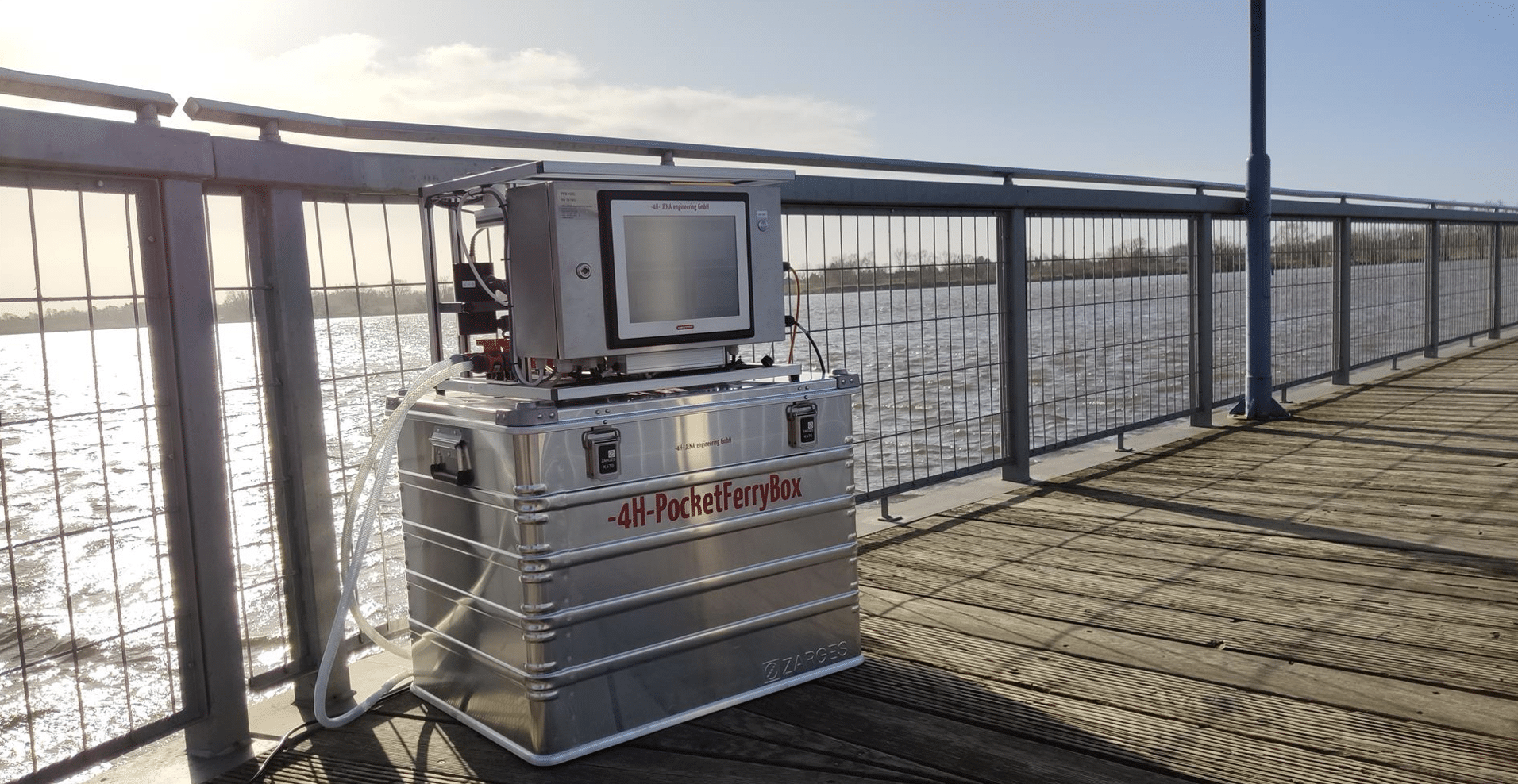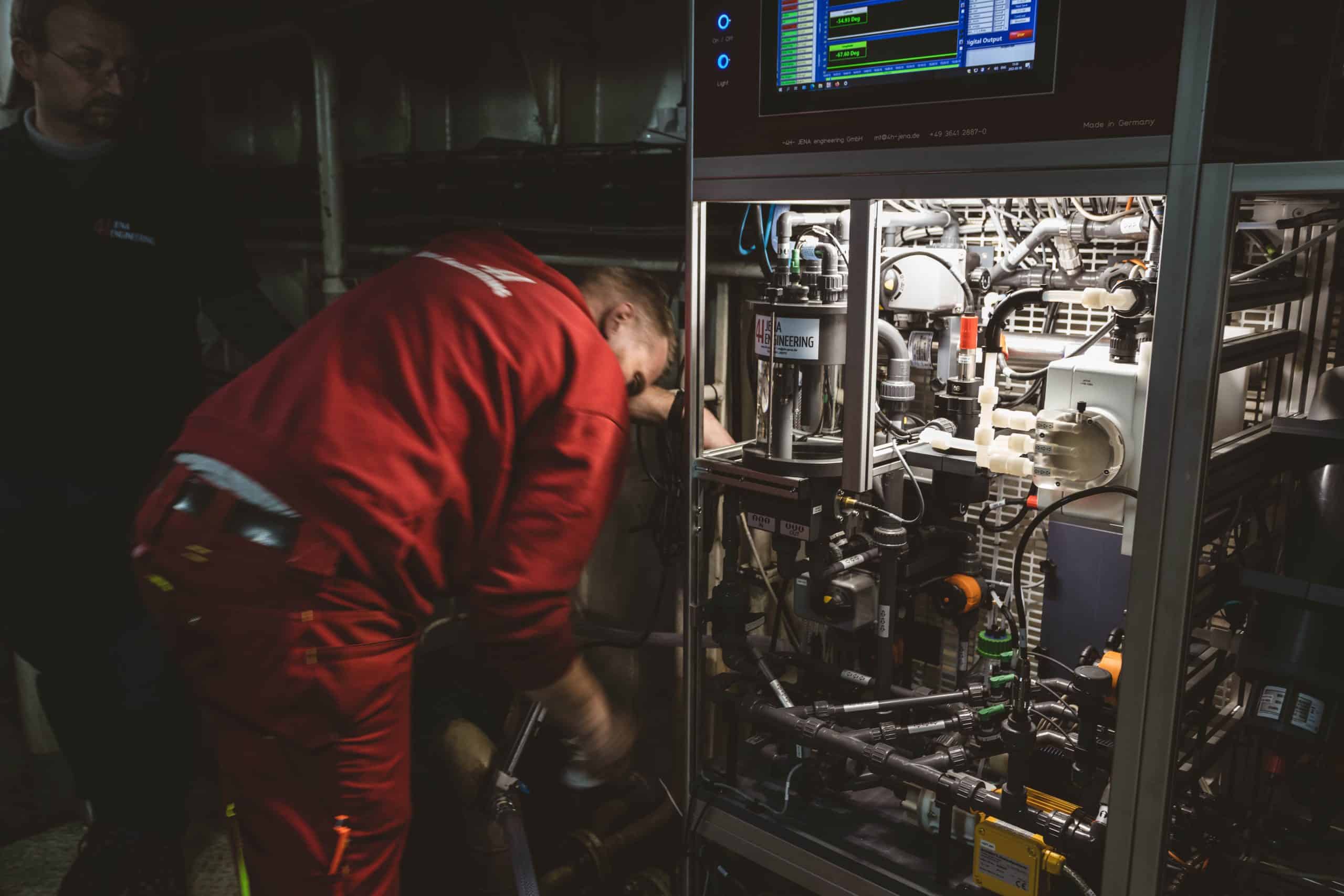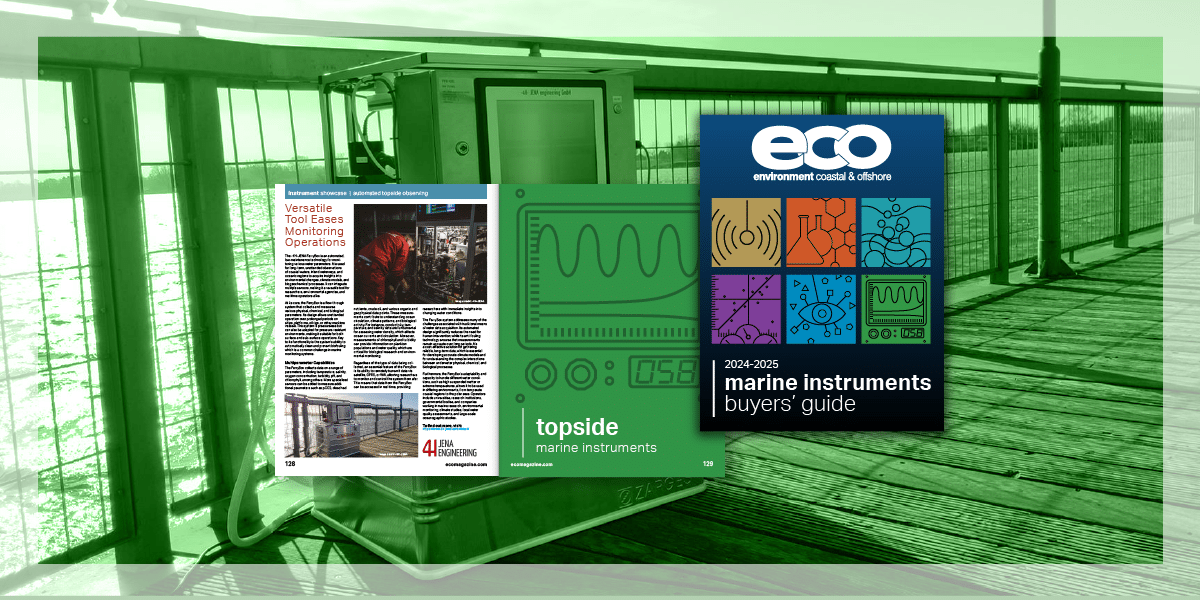
At its core, the FerryBox is a flow-through system that collects and measures various physical, chemical, and biological parameters. Its design allows unattended operation over prolonged periods on ships, platforms, oil rigs, or other maritime vessels. The system is pressureless but can also be adapted for pressure-resistant environments, making it suitable for both surface and sub-surface operations. Key to its functionality is the system’s ability to automatically clean and prevent biofouling, which is a common challenge in marine monitoring systems.

Multiparameter Capabilities
The FerryBox collects data on a range of parameters, including temperature, salinity, oxygen concentration, turbidity, pH, and chlorophyll, among others. More specialized sensors can be added to measure additional parameters such as pCO2, dissolved nutrients, crude oil, and various organic and geophysical data points. These measurements contribute to understanding ocean circulation, climate patterns, and biological activity. For instance, conductivity, temperature, and salinity data are fundamental for assessing water density, which affects ocean currents and circulation. Moreover, measurements of chlorophyll and turbidity can provide information on plankton populations and water quality, which are critical for biological research and environmental monitoring.
Regardless of the type of data being collected, an essential feature of the FerryBox is its ability to remotely transmit data via satellite, GPRS, or Wifi, allowing researchers to monitor and control the system from afar. This means that data from the FerryBox can be accessed in real time, providing researchers with immediate insights into changing water conditions.
The FerryBox system addresses many of the challenges associated with traditional means of water data acquisition. Its automated design significantly reduces the need for human intervention, while its anti- fouling technology ensures that measurements remain accurate over long periods. It’s a cost-effective solution for gathering reliable, long- term data, which is essential for developing accurate climate models and for understanding the complex interactions between underwater physical, chemical, and biological processes.
Furthermore, the FerryBox’s adaptability and capacity to handle different water conditions, such as high suspended matter or extreme temperatures, allows it to be used in differing environments, from temperate coastal regions to the polar seas. Operators include universities, research institutions, governmental bodies, and companies working in marine research, environmental monitoring, climate studies, local water quality assessments, and large-scale oceanographic studies.
To find out more, visit: https://www.4h-jena.de/en/start/
This spotlight was featured in the 2024-2025 Marine Instruments Buyers’ Guide, read more here.

